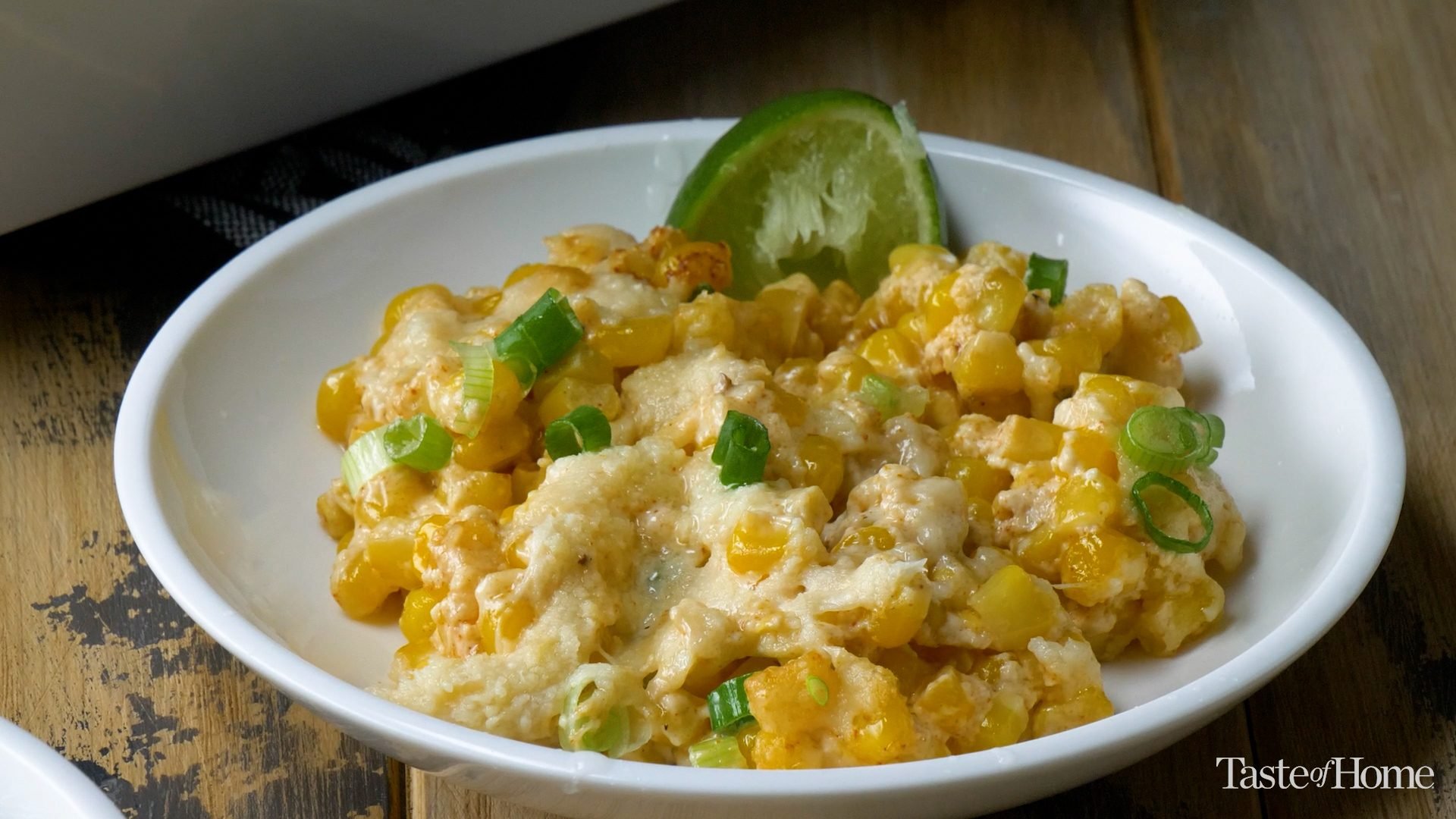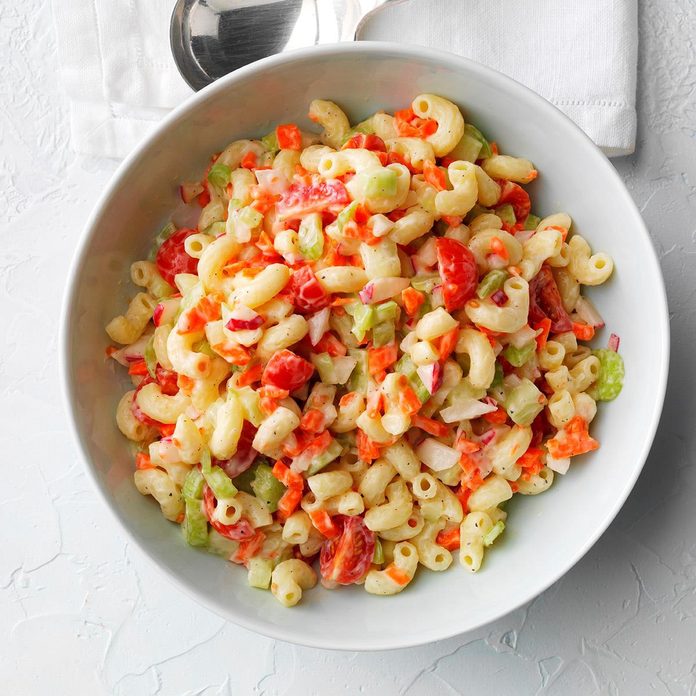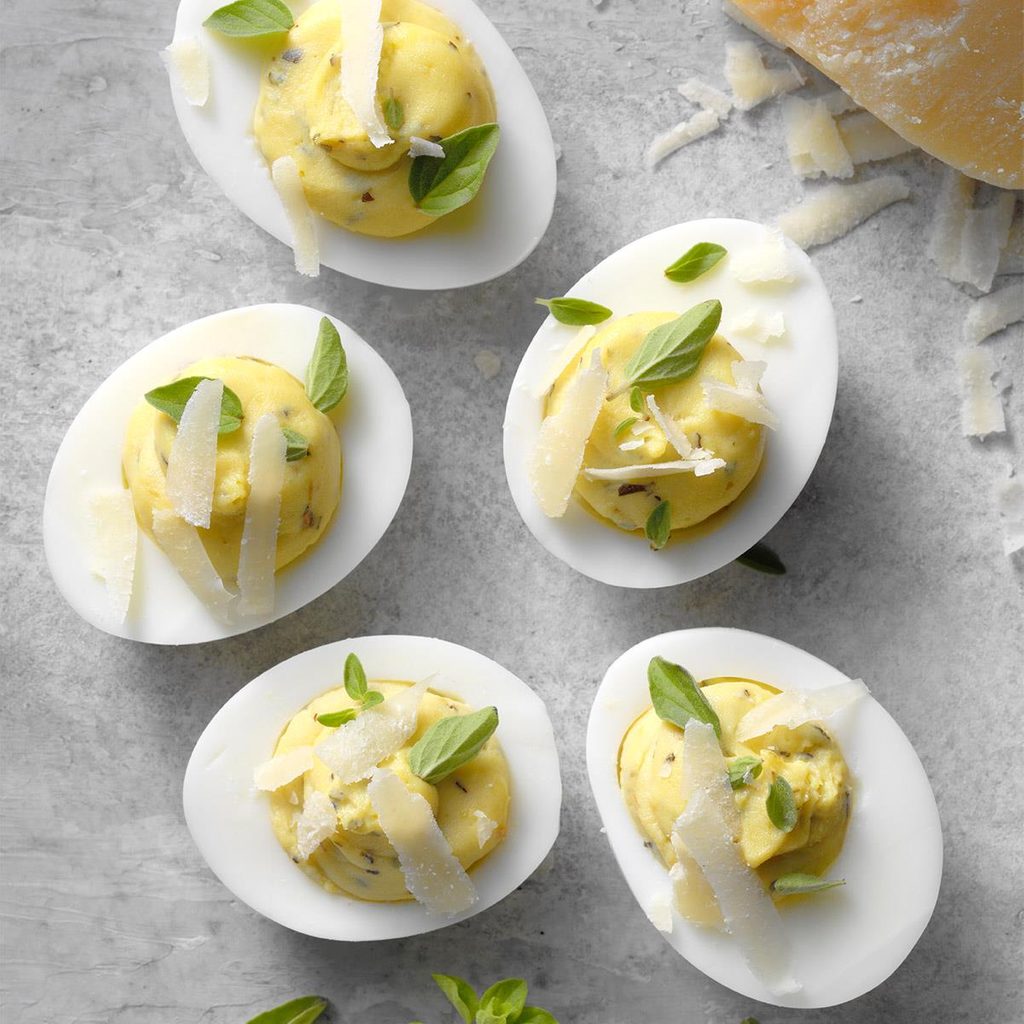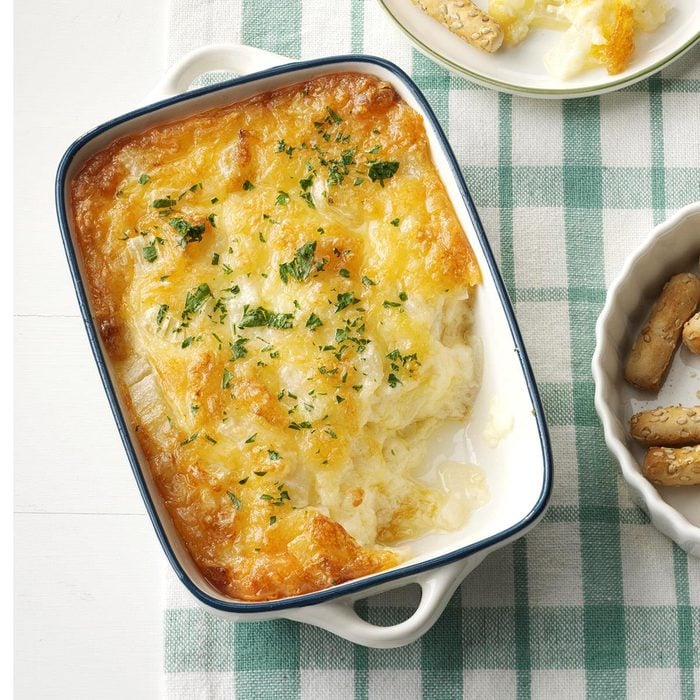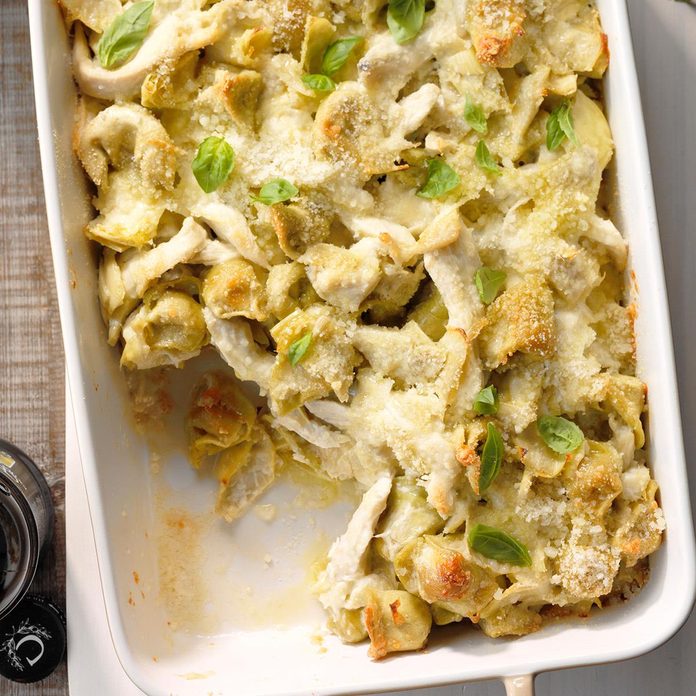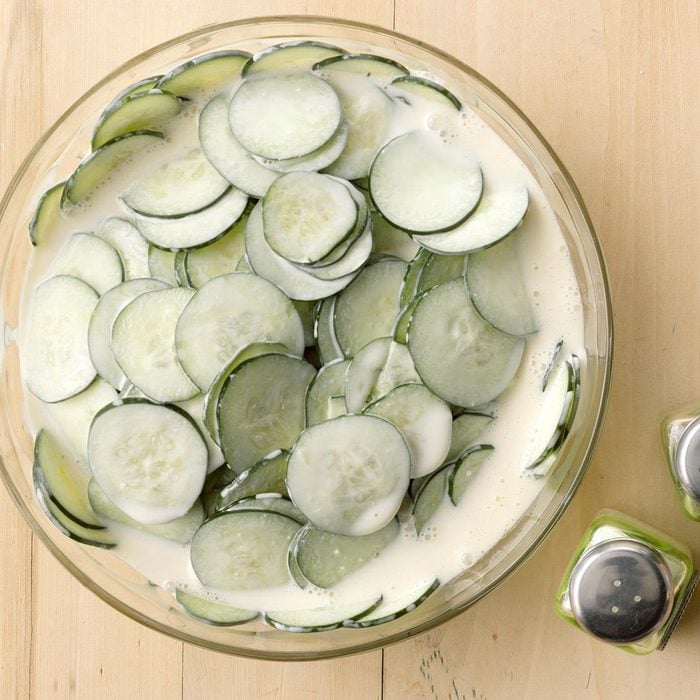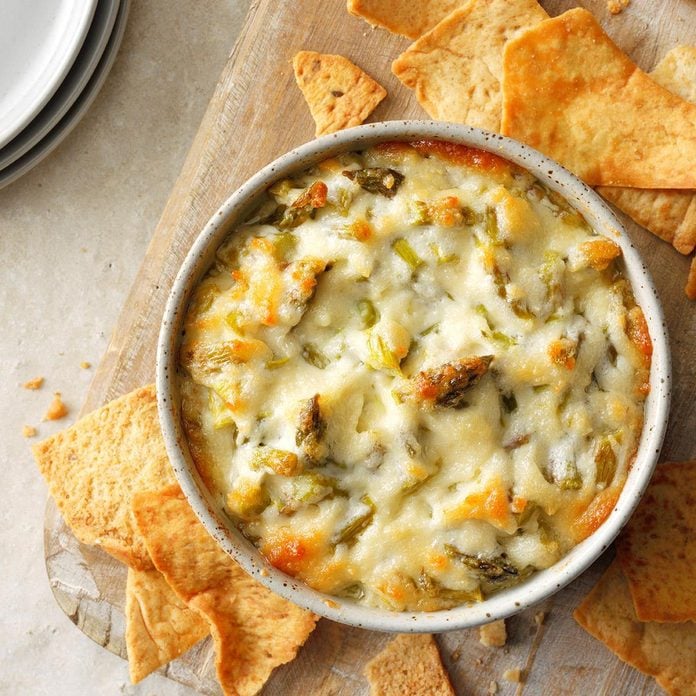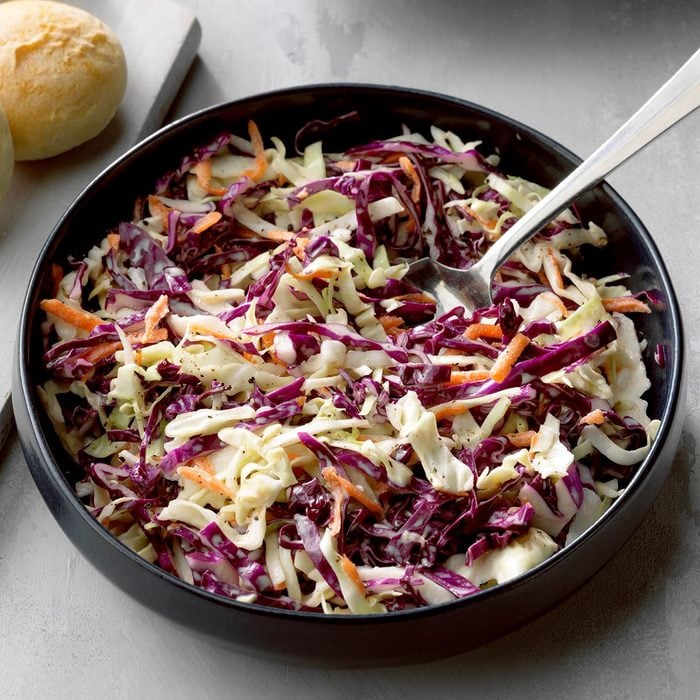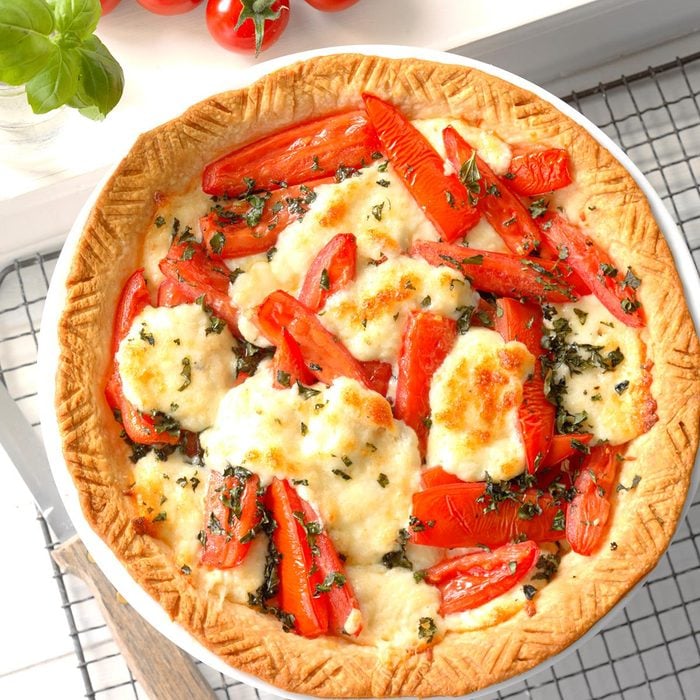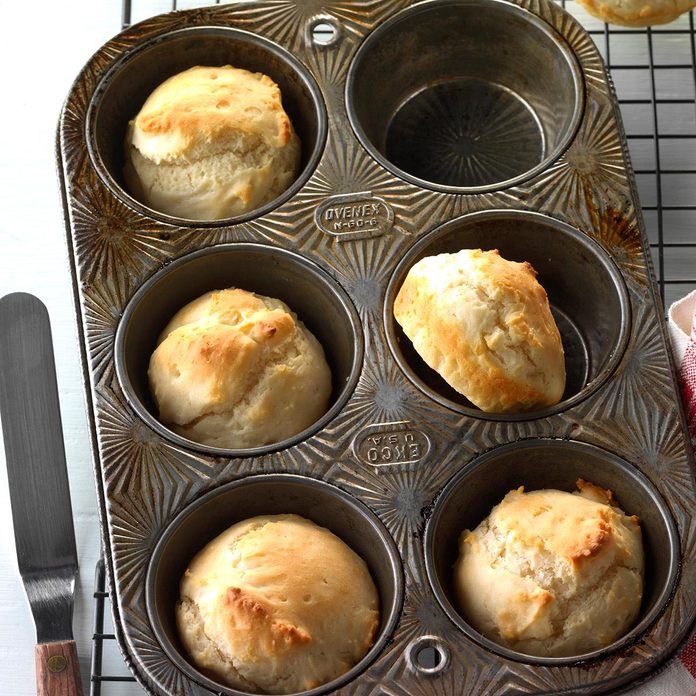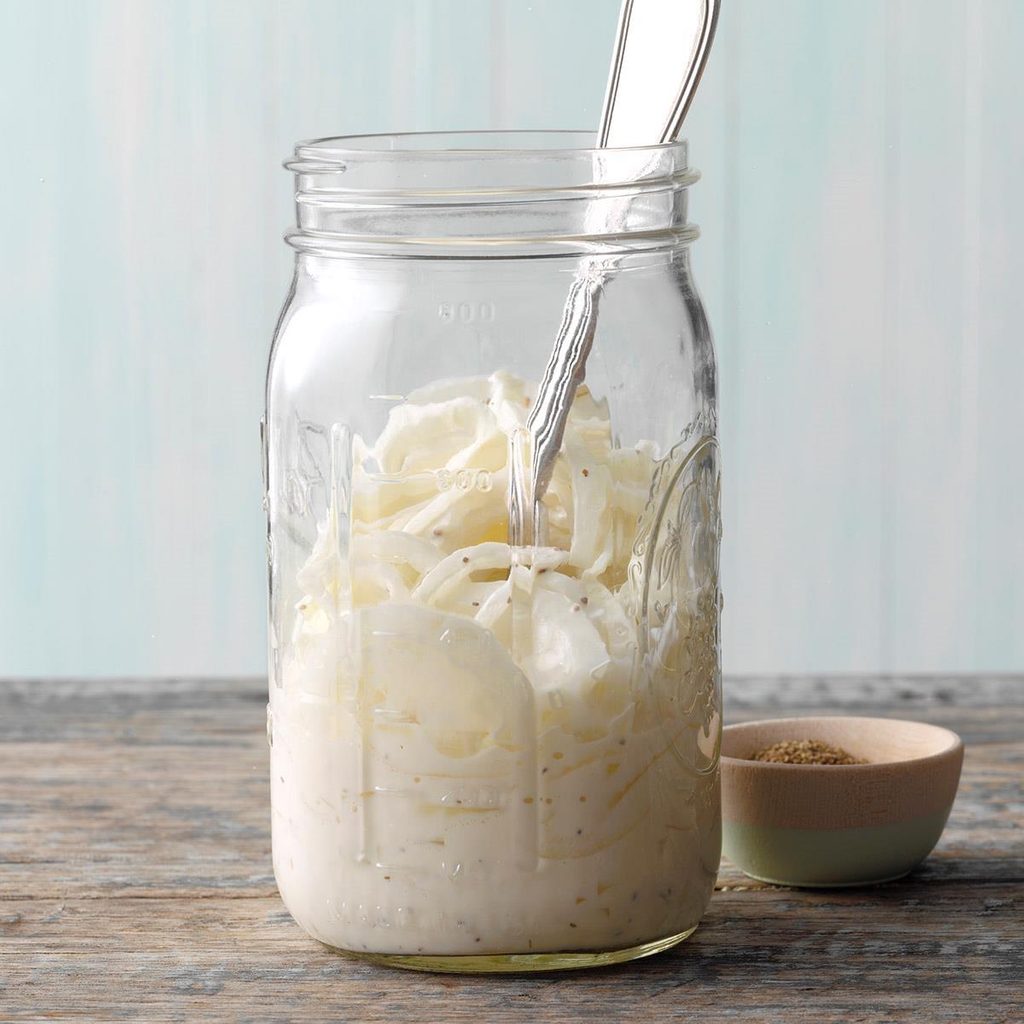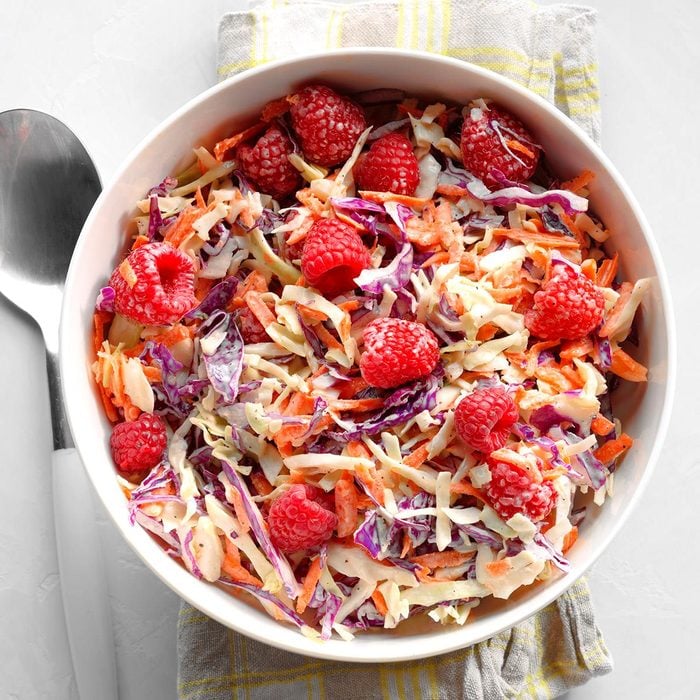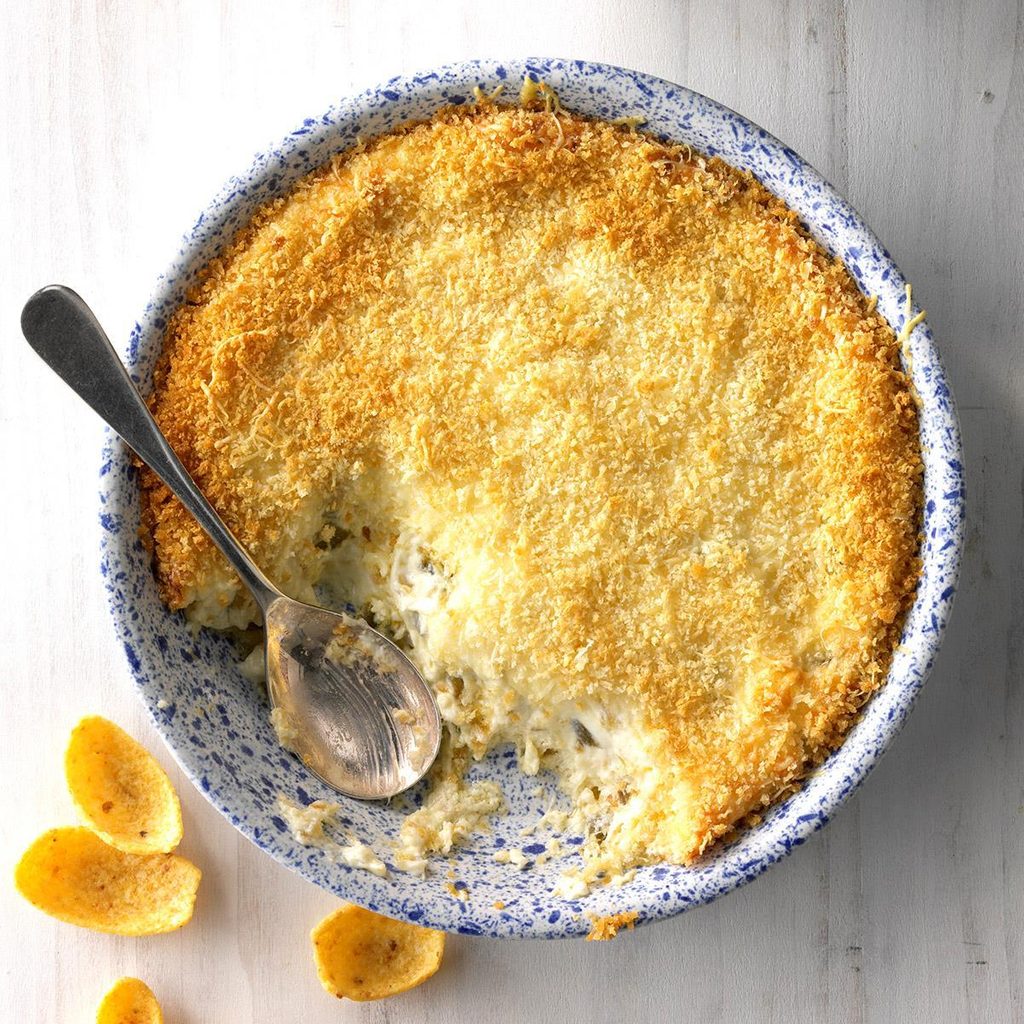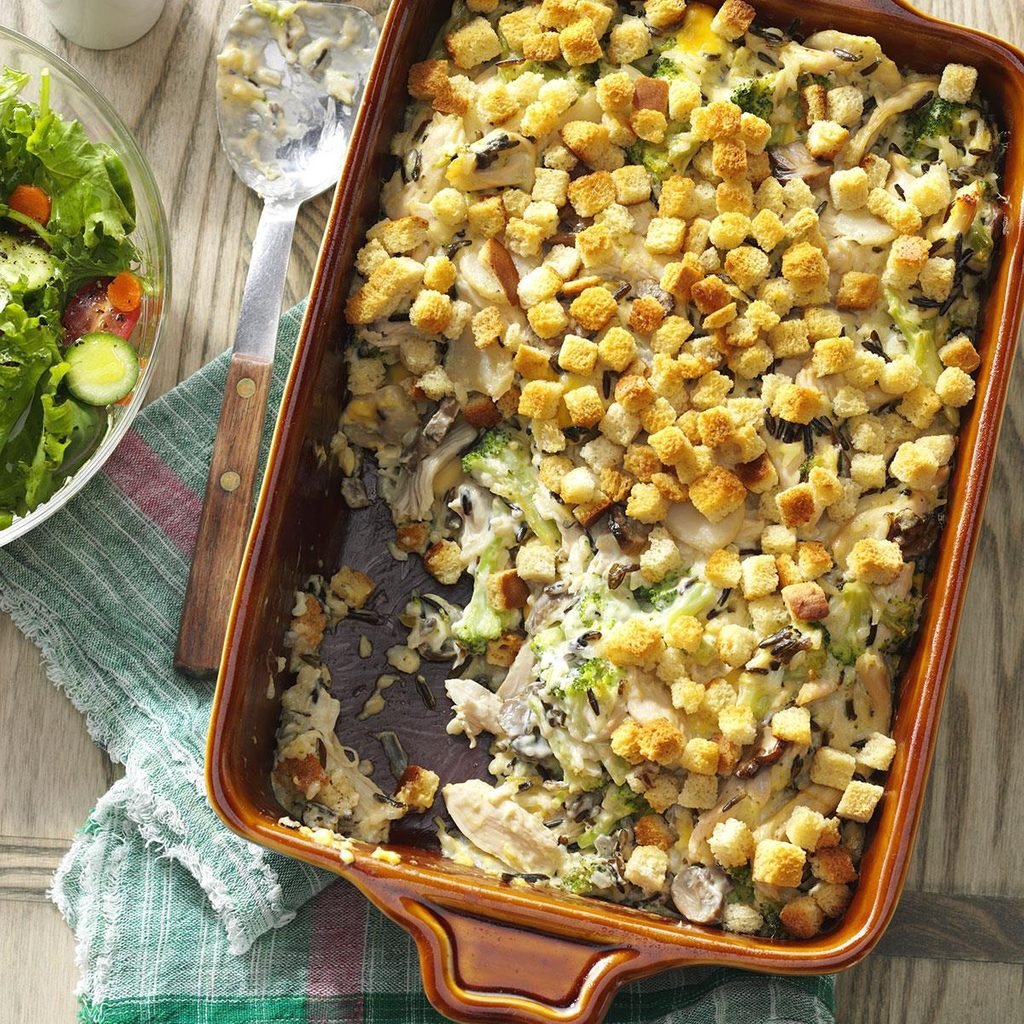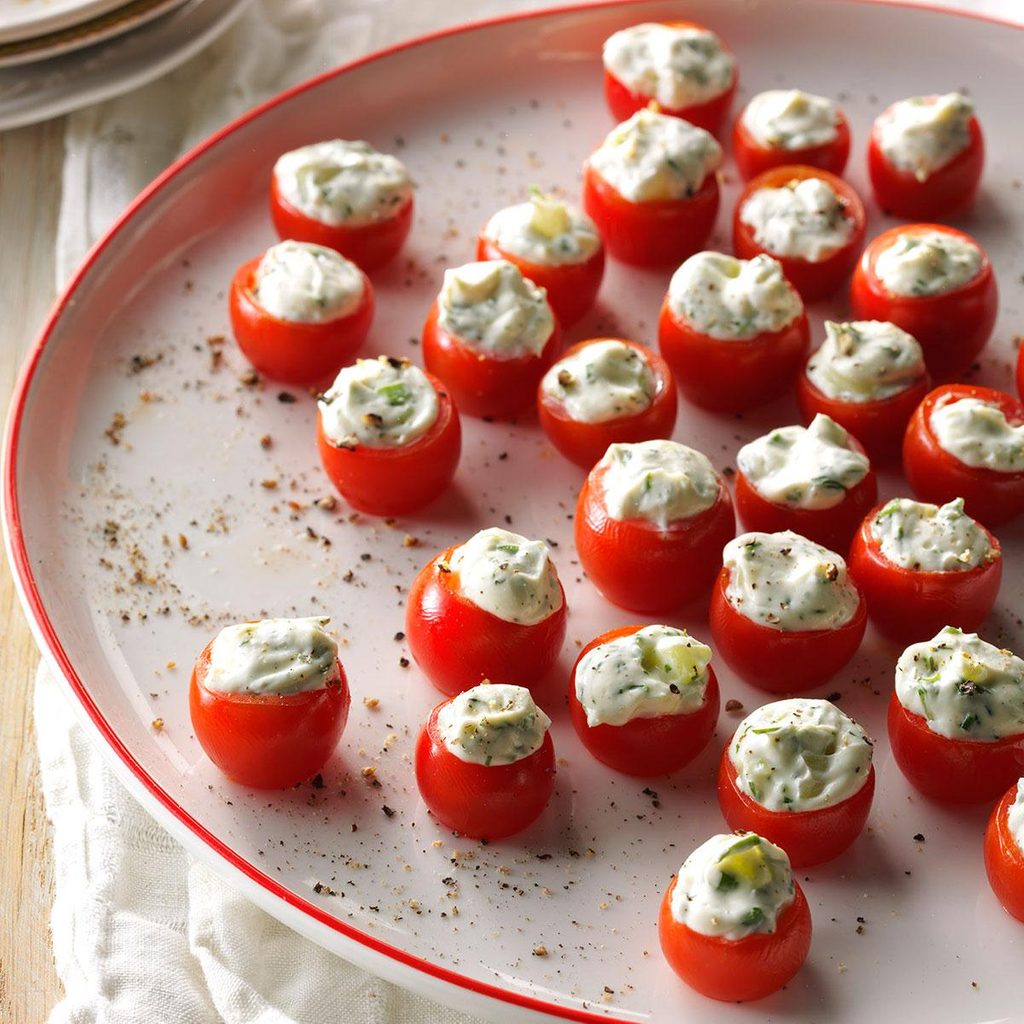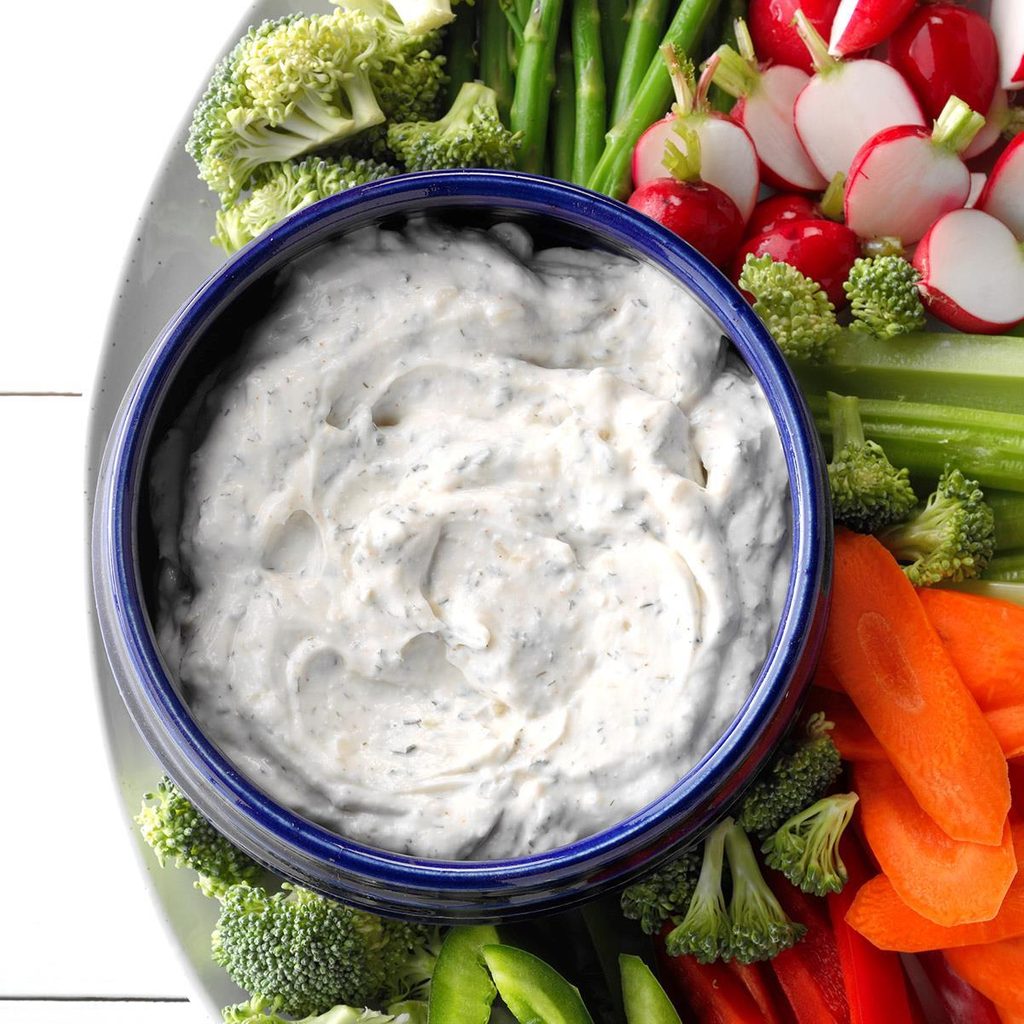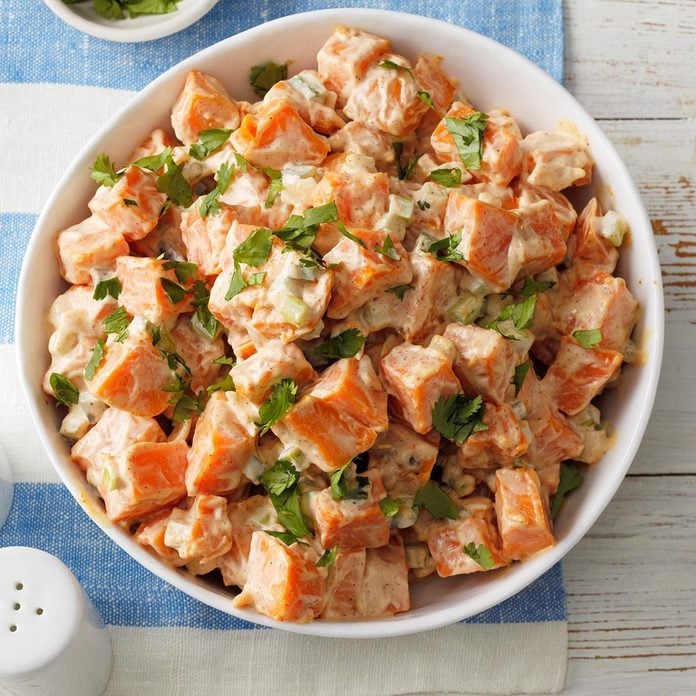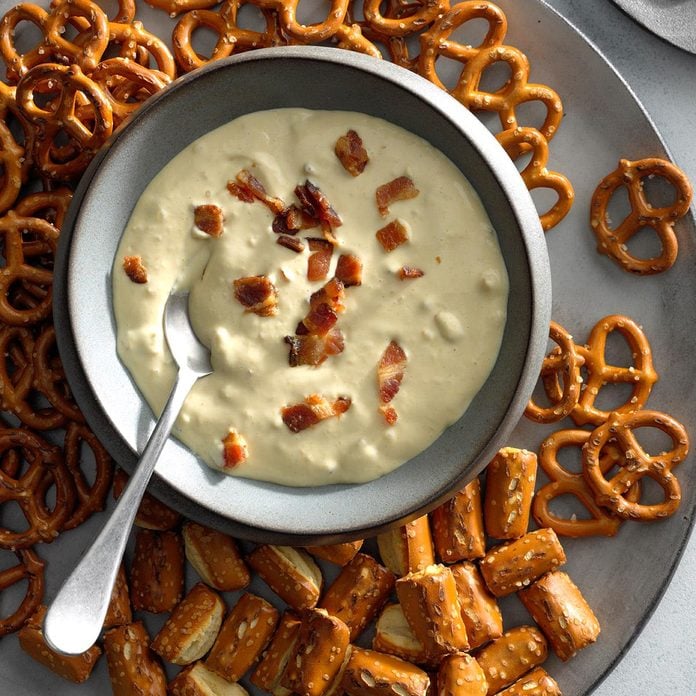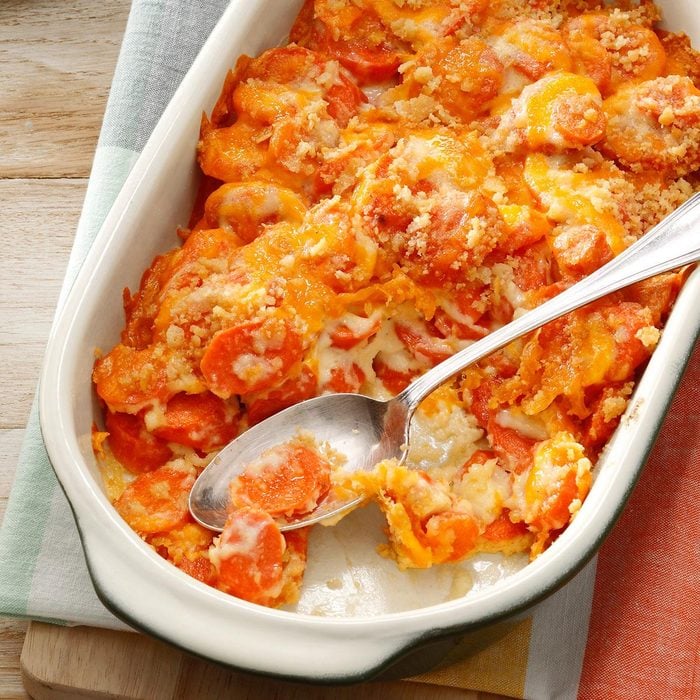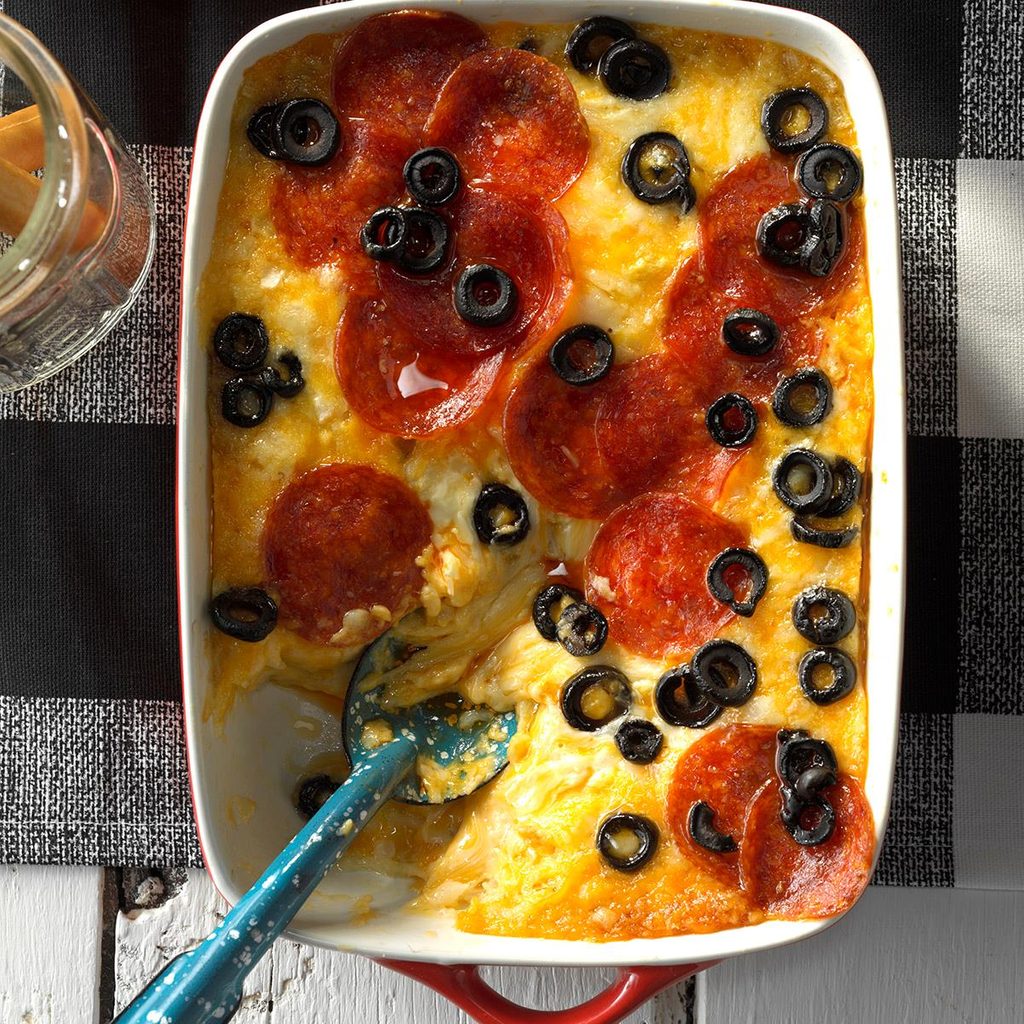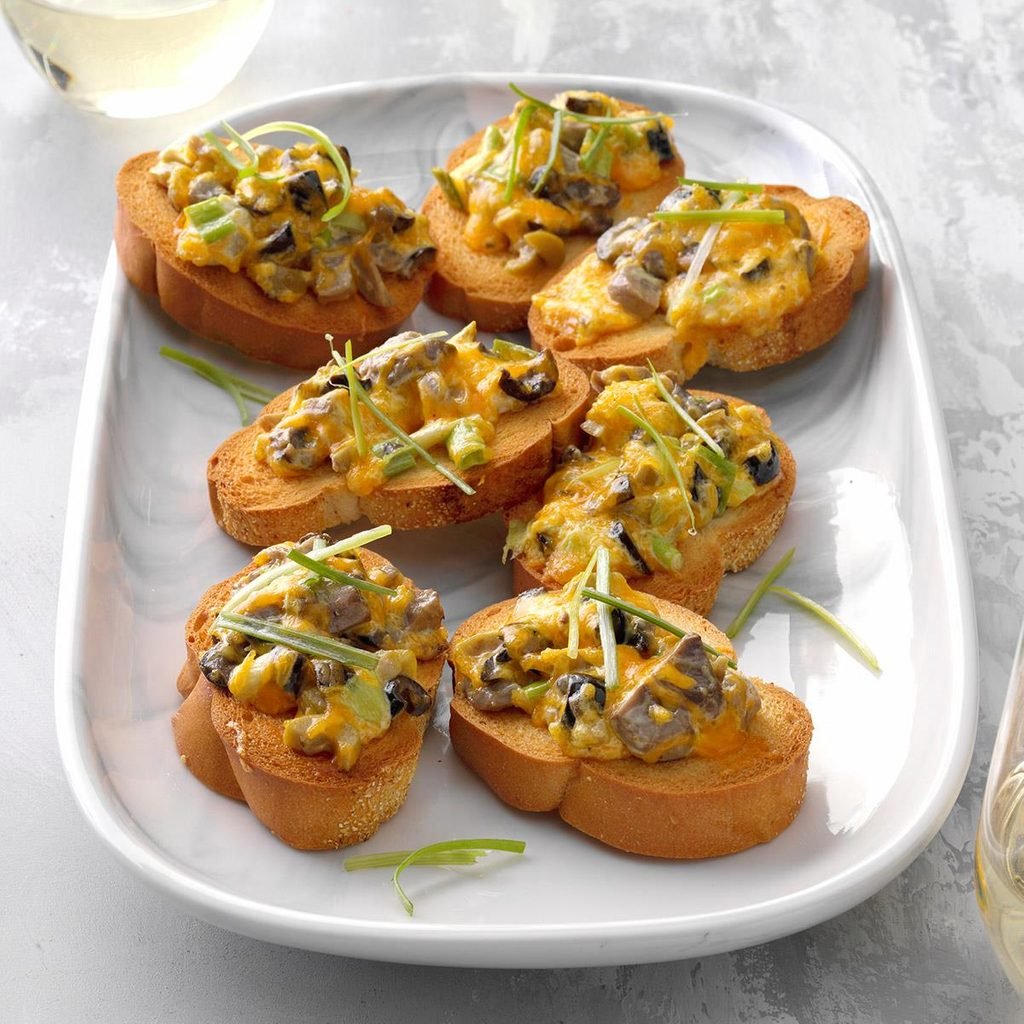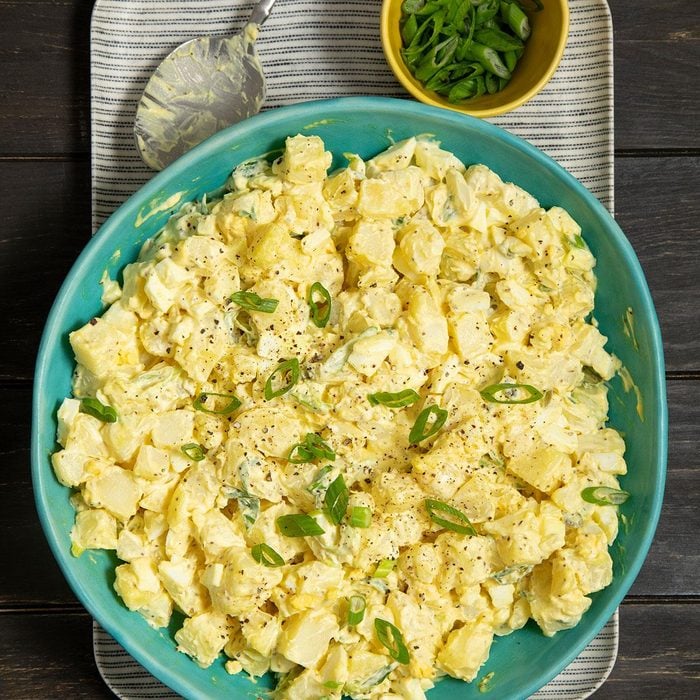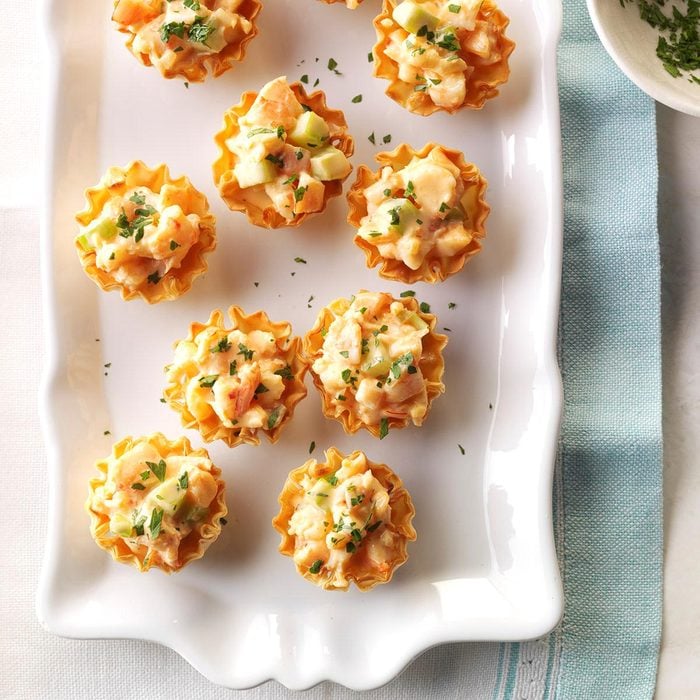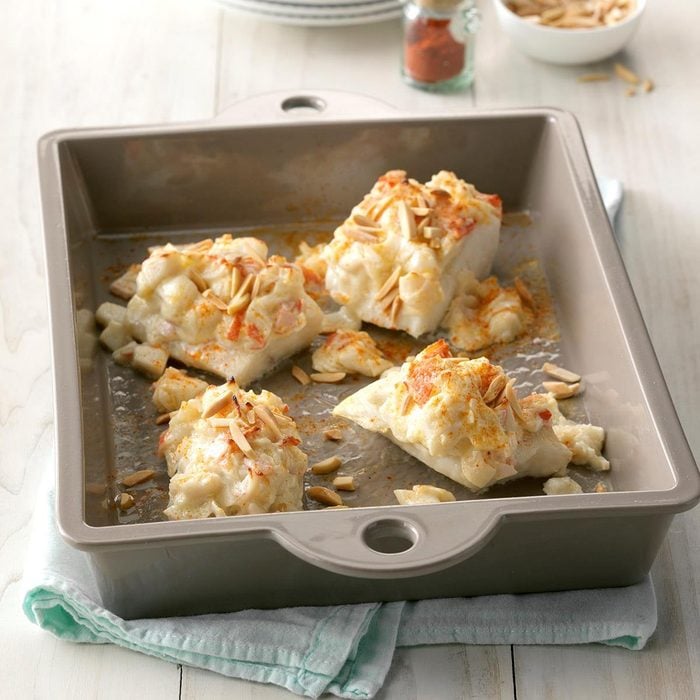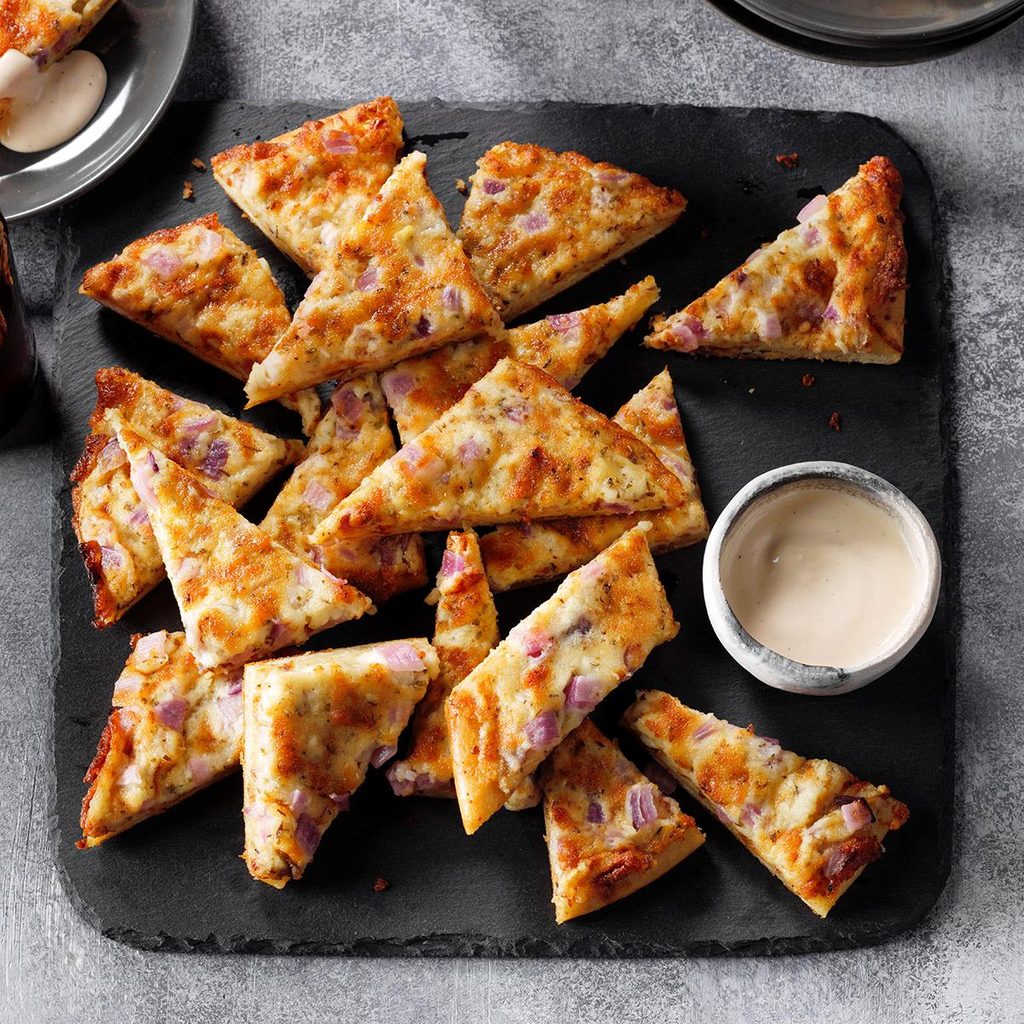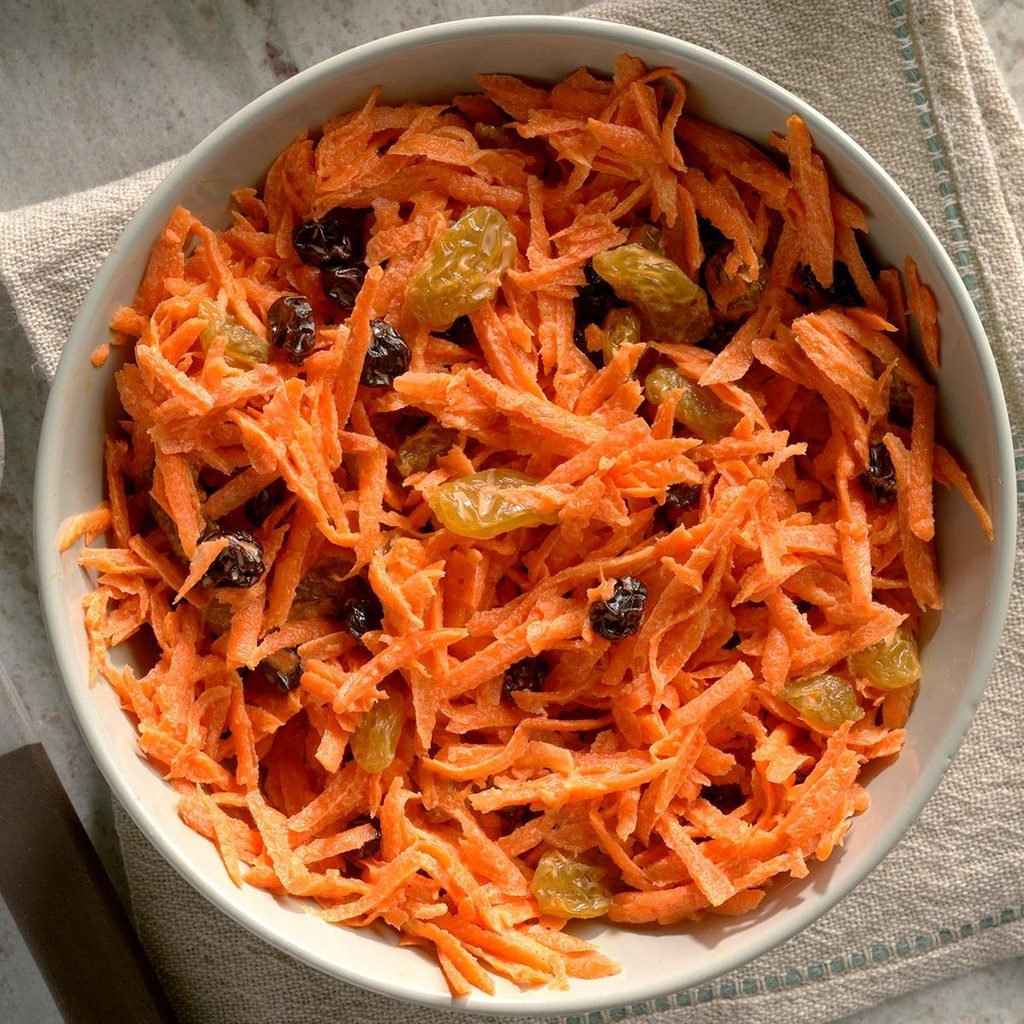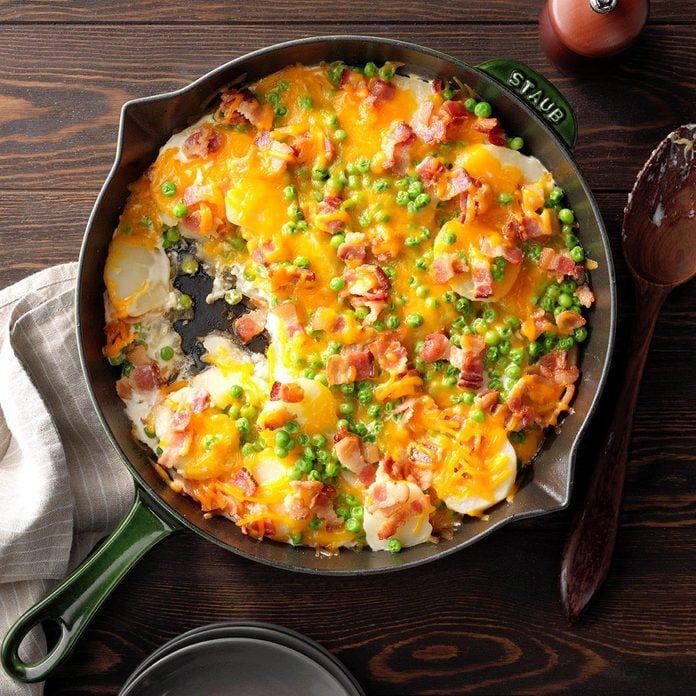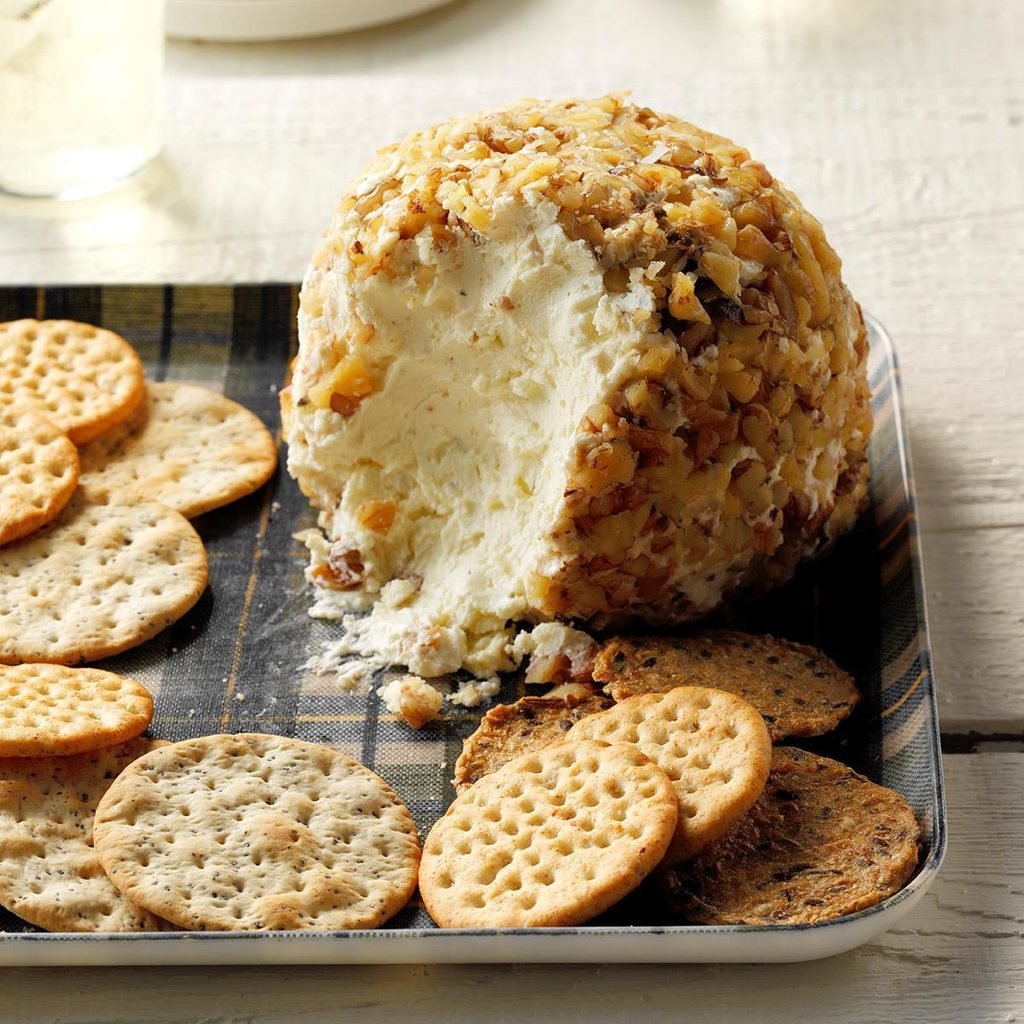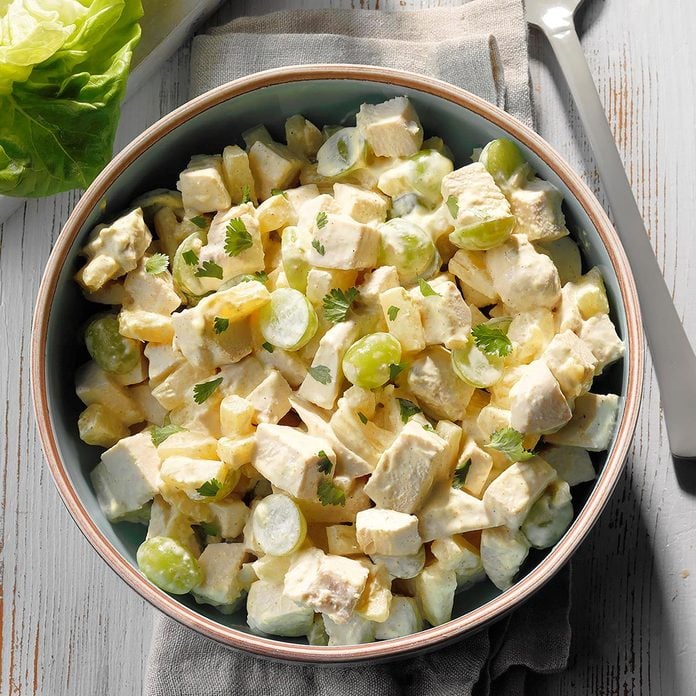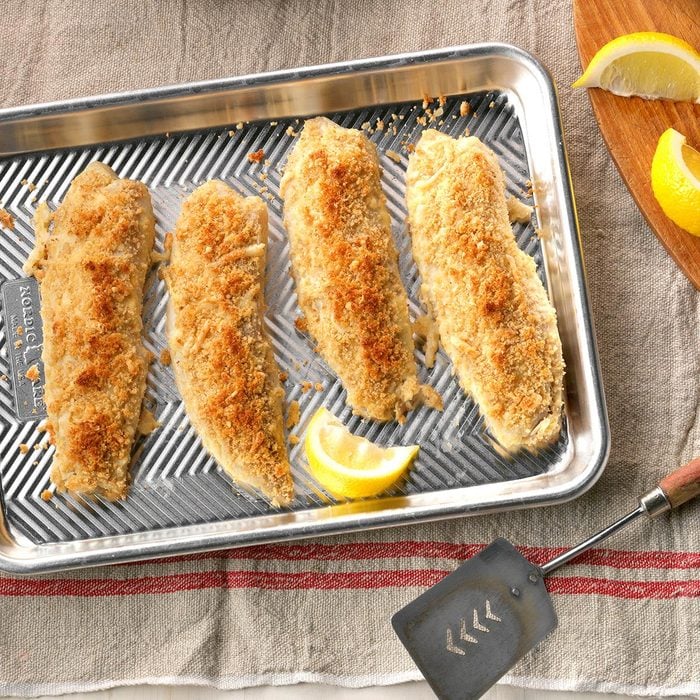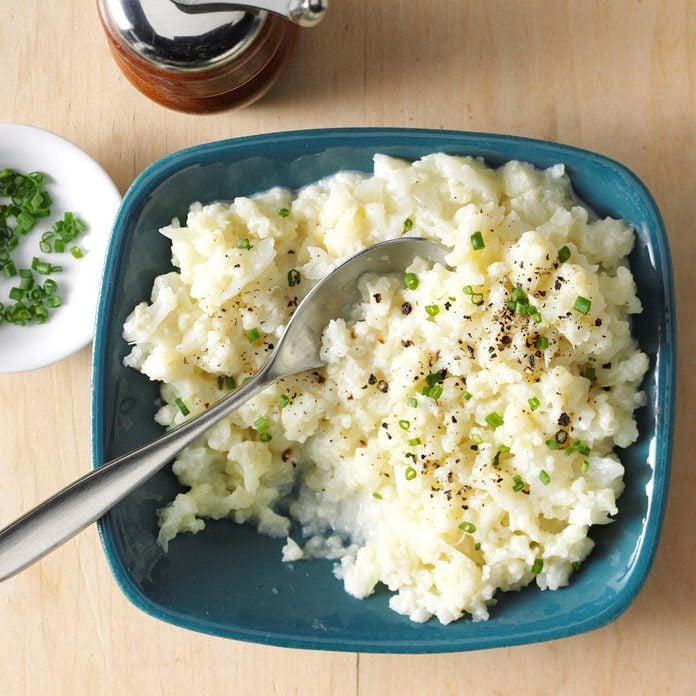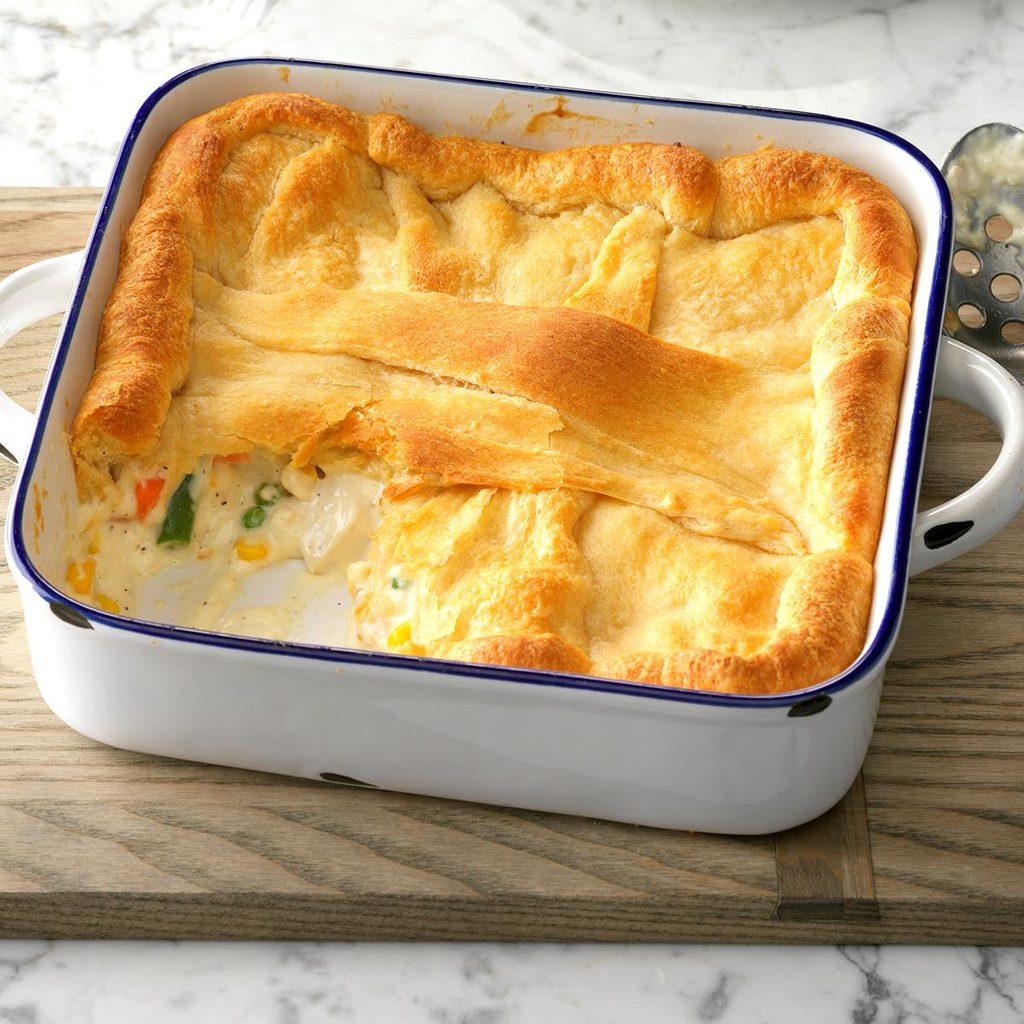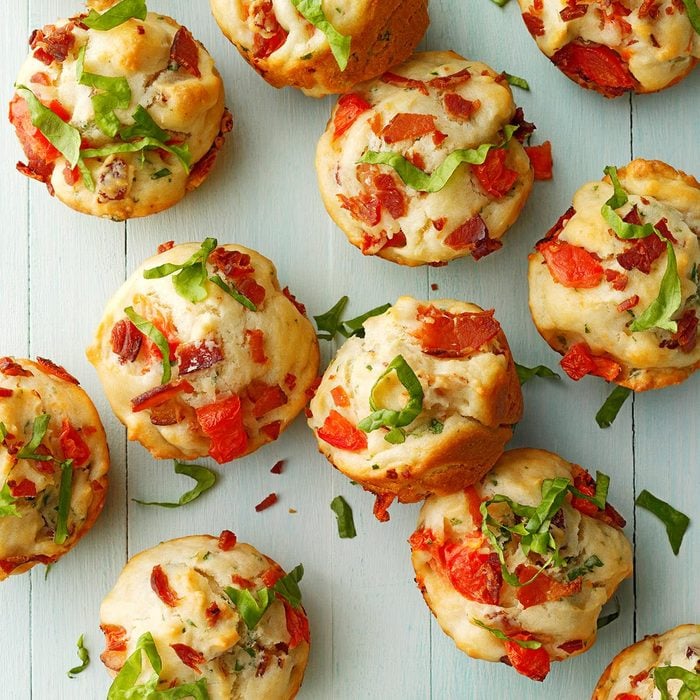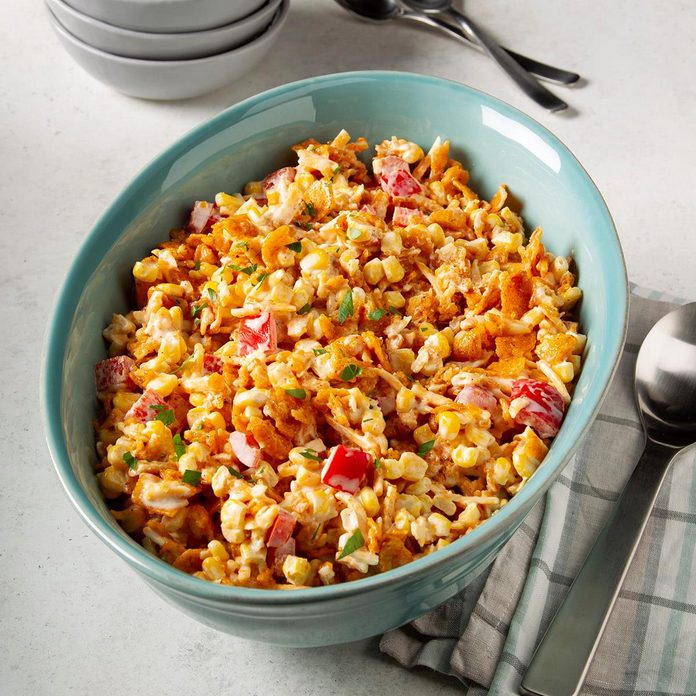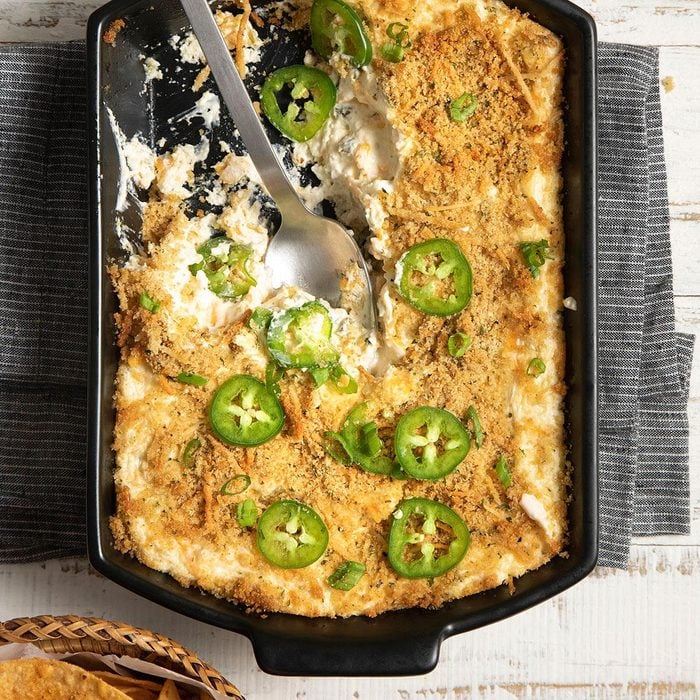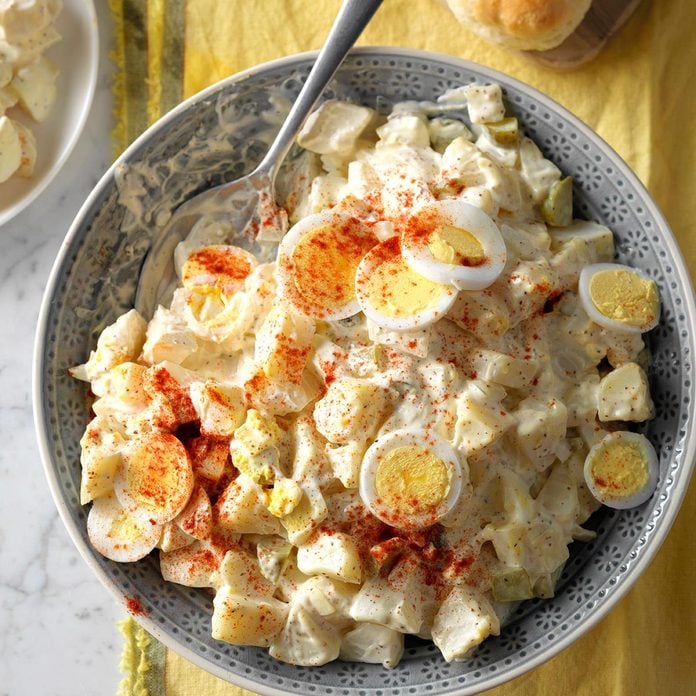ⓘ
Whether you’ve hit the bottom of your mayo jar or just want to start making more kitchen essentials from scratch, learning how to make homemade mayonnaise is worth the effort. You’ll skip the preservatives and the trip to the grocery store, and wind up with a condiment that’s richer and more flavorful than even the best mayonnaise brands.
If you’ve got half an hour to spare, this homemade mayonnaise recipe will level up your egg salads, potato salads, coleslaws and more. You probably already have all the ingredients you need.
What Is Mayonnaise?
What exactly goes into the spread we put in deviled eggs and on our BLTs? Mayonnaise is an emulsion made of lemon juice or vinegar, egg yolks, water, oil, and seasonings.
Although water and oil typically don’t mix, they will with a little help. When you add a protein (in mayo’s case, the egg yolks), the protein bonds the liquid from the lemon juice or vinegar together with the fat from the oil to create a creamy condiment.
Here’s the difference between Miracle Whip and mayonnaise.
Our Homemade Mayonnaise Recipe
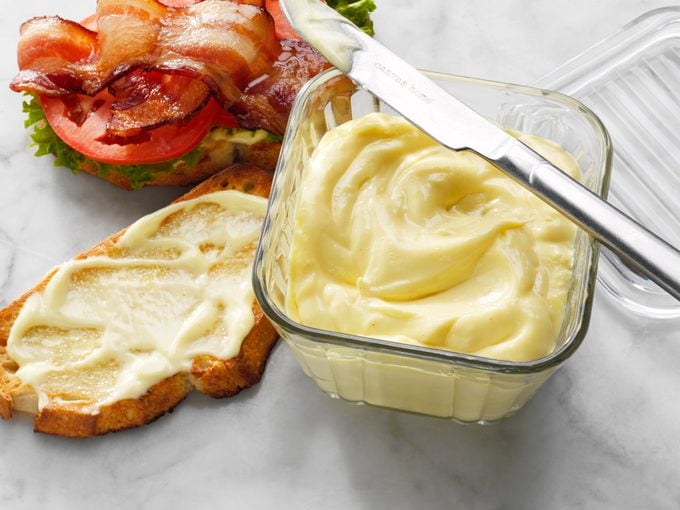 TMB studio
TMB studio
Before you get started making mayonnaise at home, make sure all the ingredients are room temperature. Pull those eggs out of the fridge ahead of time and check that your lemon juice isn’t too cold. This homemade mayonnaise recipe takes about 25 minutes and makes about 1-1/4 cups, so feel free to double it or triple it if you want more.
Ingredients
- 2 egg yolks
- 2 tablespoons water, divided
- 2 tablespoons lemon juice
- 1/2 teaspoon salt
- Dash white pepper
- 1 cup olive oil
Directions
Step 1: Pasteurize the egg yolks
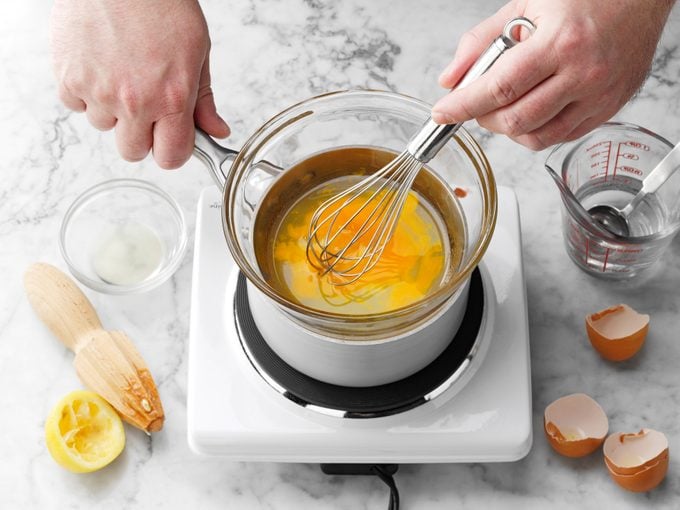 TMB Studio
TMB Studio
In a double boiler or metal bowl over simmering water, constantly whisk the egg yolks, 1 tablespoon water and lemon juice until the mixture reaches 160°F, about 30 to 40 seconds.
The mixture should be thick enough to coat the back of a spoon. Gently cooking the eggs this way makes them safe to eat without compromising the texture of the mayonnaise.
Test Kitchen Tip: Using freshly squeezed lemon juice is worth the effort for a recipe with so few ingredients. You should only need 1 large lemon to get 2 tablespoons. By the way, here’s how to juice lemons without even cutting into them.
Step 2: Bring the mixture back to room temperature
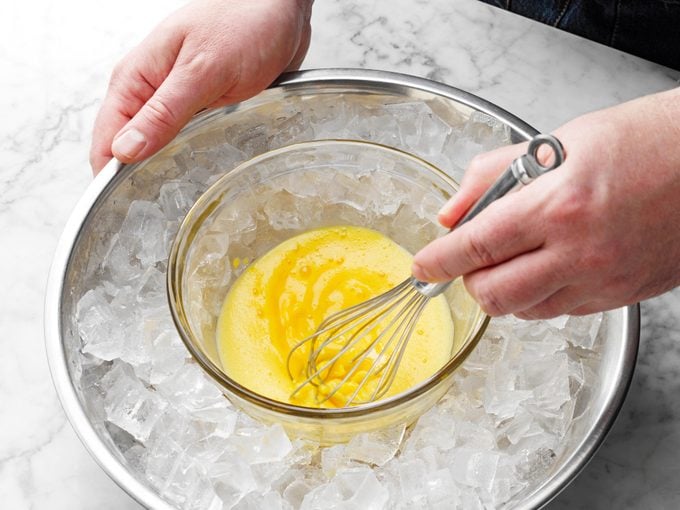 TMB studio
TMB studio
After taking the pan off the heat, keep stirring, and quickly place the bottom of the pan in a bowl of ice water. Continue whisking for 2 minutes or until cooled.
Step 3: Transfer to a narrow container
Pour the mixture into a 2-cup glass measuring cup or other narrow container. Add salt and pepper.
Step 4: Slowly add in the olive oil while blending
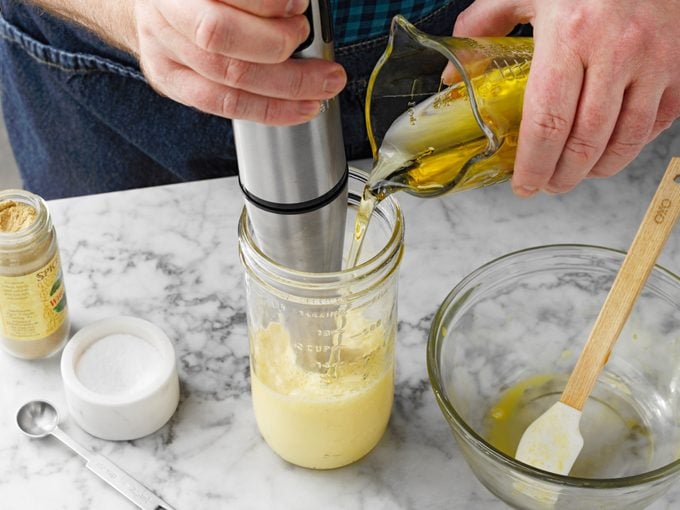 TMB Studio
TMB Studio
Start processing with an immersion blender, adding the oil in a steady stream, slowly at first and more steadily as the mayonnaise thickens. (Adding oil too quickly can cause the mayo to split.)
If it seems too think, whisk in the remaining tablespoon of water.
Step 5: Check the texture of your mayonnaise
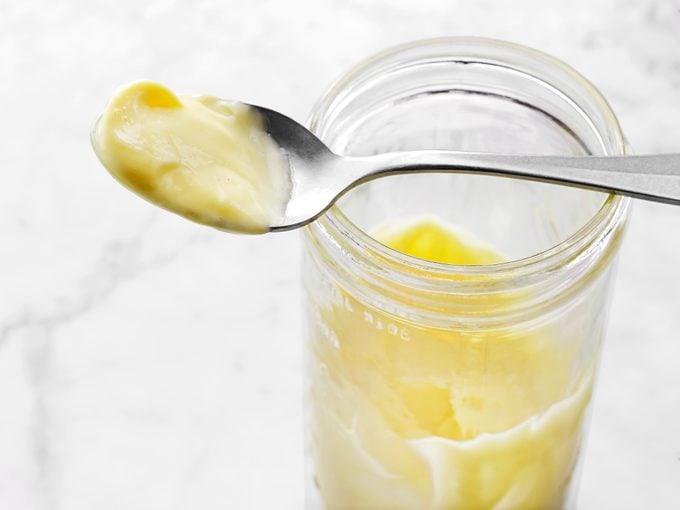 TMB Studio
TMB Studio
When the mayo is the texture you like, you’re done! Keep in mind that it will thicken a bit more as it cools. Transfer it to a small bowl and use it immediately or store it for later.
Are Raw Eggs in Mayonnaise Safe to Eat?
According to the FDA standards for egg safety, egg yolks are safe for eating once they reach 160°F—which is exactly the temperature we cook them to before blending them with the oil. Cooking them to that temperature effectively pasteurizes them and works to get rid of the potential bacteria that you might be worried about.
If you’d rather avoid using eggs altogether, you can make an eggless vegan mayonnaise. However, since the egg yolks are an important part of this homemade mayonnaise recipe, we recommend following a vegan mayo recipe instead of modifying this one. It makes a big difference to use egg substitutes like aquafaba, but it can be done!
How to Store Homemade Mayonnaise
Cover and refrigerate your mayonnaise for up to a week. Since homemade mayonnaise doesn’t last as long as a jar from the store, when we’re making mayonnaise at home we usually stick to small batches. Double or triple the recipe if you need more for egg salad recipes or any of these other recipes with mayonnaise.
Tips for Making Homemade Mayonnaise
 TMB studio
TMB studio
What’s the best oil to use in homemade mayonnaise?
Any olive oil in your pantry can work in a homemade mayonnaise recipe—but the flavor of the oil will shine through, so it is worth it to use a high-quality oil. Here are the best olive oil brands.
Can you use a regular blender instead of an immersion blender to make mayonnaise?
You can, but you may want to triple (yes, triple!) the recipe. When our Test Kitchen tried this recipe in a regular blender, the mayo curdled because a standard-size blender is too large to blend the ingredients properly. We recommend using an immersion blender unless you’re making a larger amount of homemade mayonnaise.
How can you make your mayonnaise thicker or thinner?
If you prefer your homemade mayonnaise to be slightly thicker, don’t whisk in the optional 1 tablespoon of water at the end of the recipe. If you want it to be thinner, do whisk in that second tablespoon of water.
How can you fix broken mayonnaise?
If your homemade mayonnaise didn’t emulsify properly—meaning the oil isn’t blended into the rest of the mayo when you’re finished—you probably poured the oil in too quickly. Pouring the oil in slowly gives the egg yolks a chance to bond with it. But it’s fixable! Add in about a teaspoon more of either water, lemon juice or egg yolk (not all three) while whisking your broken mayo to give it another chance to emulsify. Soon, you’ll have creamy homemade mayonnaise.
The Best Ways to Use Your Homemade Mayonnaise
Mexican Street Corn Bake
We discovered Mexican street corn at a festival. This easy one-pan version saves on prep and cleanup. Every August I freeze a lot of our own fresh sweet corn and then I use that in this recipe, but store-bought corn works just as well. —Erin Wright, Wallace, Kansas
Go to Recipe
Fast Macaroni SaladChopped veggies provide crunch, and cherry tomatoes add vibrant color to this refreshing and creamy pasta salad. —Frankiee Bush, Freedom, Indiana
Slim Italian Deviled EggsWhen you're in the mood for a
cold finger food, try these deviled eggs. They are a cinch to fill and are an easy contribution to a potluck or brunch. —
Taste of Home Test Kitchen, Greendale, Wisconsin
Baked Onion DipSome people like this cheesy dip so much that they can't tear themselves away from the appetizer table to eat their dinner. But can you blame them? With two kinds of cheese and sweet onions in the mix, this ultra creamy dip is unforgettable. —Mona Zignego, Hartford, Wisconsin
Warm Chicken Tortellini Au GratinI have a number of easy, planned leftover recipes in my arsenal, which are especially useful when I'm busy. This is one of my favorites: pasta from Monday plus roasted chicken from Tuesday equals this delicious dish on Wednesday. When paired with a green salad and toasty bread, you have a meal that's fancy enough for company. —Brenda Cole, Reisterstown, Maryland
Cucumbers with DressingIt wouldn't be summer if Mom didn't make lots of these creamy cucumbers. Just a few simple ingredients—mayonnaise, sugar, vinegar and salt—are all you need to dress them up. —Michelle Beran, Claflin, Kansas
Baked Asparagus DipSince I'm from Wisconsin, I thought it was only logical to put together a vegetable and a cheese—two of the foods my state produces in abundance. This cheesy asparagus dip fits the bill. —Sandra Baratka, Phillips, Wisconsin
Easy Tangy ColeslawYou won't have to fuss with a lot of seasonings to fix this tangy coleslaw. We've shared this old family favorite with many friends over the years. —Denise Augostine, Saxonburg, Pennsylvania
Basil Tomato TartI received this tomato tart recipe from a good friend of mine. It's a fun way to use up fresh tomatoes from the garden, and it reminds me a lot of pizza. —Connie Stumpf, North Myrtle Beach, South Carolina
No-Fuss RollsWith only 4 ingredients, these delicious rolls are ready in no time. They're fantastic with herb butter or jam. —Glenda Trail, Manchester, Tennessee
Crisp Onion RelishI take this relish to picnics for people to use as a condiment on hamburgers and hot dogs. It adds a special zip!
—Marie Patkau, Hanley Saskatchewan
Ruby Raspberry SlawGive ordinary coleslaw a "berry" tangy twist. It's sure to get raves at your next picnic or potluck. —Deborah Biggs, Omaha, Nebraska
Jalapeno Popper SpreadI've been told by fellow partygoers that this recipe tastes exactly like a jalapeno popper. I like that it can be made without much fuss. —Ariane McAlpine, Penticton, British Columbia
Creamy Turkey CasseroleI sometimes make turkey just so I have the extras for this casserole! —Mary Jo O'Brien, Hastings, Minnesota
Roasted Garlic Deviled EggsI love incorporating new flavors into old classics, and these garlic deviled eggs were a big hit! The garlic can be roasted and the eggs can be hard-boiled up to three days in advance. The egg yolk filling can be made the night before. —Ellen Weaver, Denver, Colorado
Cucumber-Stuffed Cherry TomatoesBesides being tasty, these little tomato poppers are extra awesome because you can make them ahead of time. At parties, I often triple the recipe because they disappear fast. —Christi Martin, Elko, Nevada
Veggie Dill DipI like to keep this good-for-you dip on hand, along with a variety of cut-up vegetables, for an easy snack. —Hazel Baber, Yuma, Arizona
Chipotle Sweet Potato SaladI love the velvety taste and texture of sweet potatoes. A friend served sweet potatoes cooked with peppers, and they tasted so delicious together. I took those flavors and developed them into this creamy, smoky potato salad. —Carolyn Eskew, Dayton, Ohio
Dijon-Bacon Dip for PretzelsWith just four ingredients that you probably already have in your pantry or fridge, this quick appetizer comes together in a snap. If you like the zip of horseradish, start with a teaspoon or two and add more to taste. —Isabelle Rooney, Summerville, South Carolina
Creamy Carrot CasseroleMy mom and I developed this recipe to see if there was a carrot dish that even people who don't care for carrots would enjoy. So far, I haven't met anyone who hasn't liked this casserole. —Laurie Heward, Fillmore, Utah
Hot Cheese DipWhen a colleague brought this cheesy dip to school for a teachers potluck, I immediately gave it an A+. I had to have the recipe for this irresistibly creamy recipe to make for my family! —Ardyce Piehl, Poynette, Wisconsin
Mushroom and Olive BruschettaI tried this delicious bruschetta toast at a party and knew I had to make it myself. Since I couldn't find the person who brought the dish, I began trying to duplicate it on my own. The original was made on an English muffin, but party rye or baguette slices work as well. —Lynne German, Woodland Hills, California
Southern Potato SaladThis potato salad with a Southern twist is perfect for a church supper or potluck. The pickles add an extra sweetness. —Gene Pitts, Wilsonville, Alabama
Shrimp in Phyllo CupsI almost didn’t make these appetizers for last year’s Christmas party because I was running out of time, but I knew they’d be a tasty hit. Simple to make, the cups have few ingredients and look beautiful on the plate—very gourmet! This turned out to be one of the night’s favorites, and they just flew off the plate. —Terri Edmunds, Naperville, Illinois
BLT PizzaI use a prebaked crust and fixings from the much-loved BLT sandwich to create this fun variation. It's my family's favorite pizza. —Marilyn Ruggles, Lees Summit, Missouri
Crab-Topped Fish FilletsThese fillets are elegant enough for company but truly no trouble to make. Fish is abundant here in South Florida, and we like to get together with friends in the afternoon, so I often need to whip up a quick dinner when we get home. This special dish is one of my husband's favorites. —Mary Tuthill, Fort Myers Beach, Florida
Garlic Pizza WedgesOur pastor made this for a get-together, and my husband and i just couldn't stay away from the hors d'oeuvres table. The cheesy slices taste great served warm, but they're still wonderful when they've cooled slightly. —Krysten Johnson, Simi Valley, California
Carrot Raisin SaladThis traditional salad is one of my mother-in-law’s favorites. It’s fun to eat because of the crunchy texture, and the raisins give it a slightly sweet flavor. Plus, I love how easy it is to make. —Denise Baumert, Dalhart, Texas
Au Gratin Peas and PotatoesWhile this delicious potato skillet is a wonderful side dish, we find it satisfying enough to be a main course, too. The skillet preparation takes less time than it does to bake an au gratin casserole or scalloped potatoes—but it's still good old-fashioned comfort food at its best! —Marie Peterson, DeForest, Wisconsin
Garlic-Parmesan Cheese BallThis is one of our entertaining mainstays. It complements most meals and is so easy to prepare and dress up with a variety of garnishes. —Susan Seymour, Valatie, New York
Curried Chicken Salad with Pineapple and GrapesThis fun and flavorful beauty turns last night’s cooked chicken into a delightful salad that’s perfect for lunch. —Linda Bevill, Monticello, Arkansas
Dijon-Crusted FishDijon, Parmesan and a hint of horseradish give this toasty fish lots of flavor. The preparation is so easy, it takes just 5 to 7 minutes to get four servings ready for the oven. —Scott Schmidtke, Chicago, Illinois
Garlic Mashed CauliflowerI order cauliflower mash every time we visit our favorite restaurant. Lucky us; one night, I figured out how to make it at home. It was so easy! —Jean Keiser, West Chester, Pennsylvania
Crescent Turkey CasseroleHow do you make a dinner of turkey and vegetables appealing to kids? You turn it into a pie, of course! My version tastes classic but doesn’t take any time at all. —Daniela Essman, Perham, Minnesota
BLT MuffinsThese muffins prove that the classic combo of bacon, lettuce and tomato is good for so much more than a sandwich. They're winners at both breakfast and dinner. —Katie Koziolek, Hartland, Minnesota
Fiesta Corn Chip SaladThis Frito corn salad is always requested by friends and family! Super easy and great alongside just about any main course. Quick tip: wait on adding Fritos until you're about to serve as they tend to get soggy after a few hours. —Mandy Mckinnon, North Canton, Ohio
Jalapeno Popper DipHere's a fantastic way to deliver all that blazing jalapeno popper taste without the work. Whenever I bring this jalapeno popper dip to a party, I'm always asked for the recipe. Serve with corn chips, tortilla chips or butter crackers. —Jennifer Wilke, Collinsville, Illinois
Dilly Potato & Egg SaladEveryone has a favorite potato salad, and this is mine. As a young bride, I was eager to learn how to cook and make things that my husband would love. I combined my mom's and his mom's recipes, and this potato and egg salad is the delicious result. —Angela Leinenbach, Mechanicsville, Virginia







